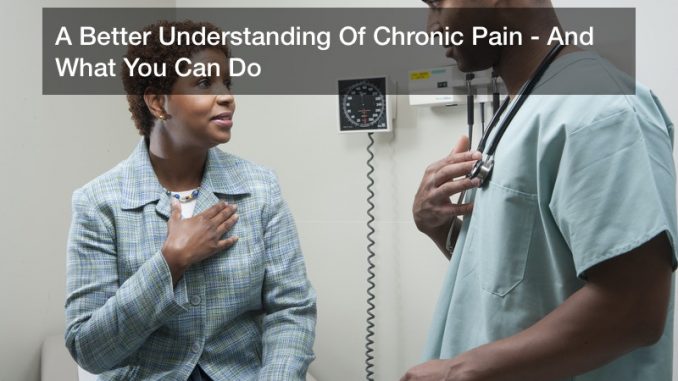

Here in the United States, and truly all throughout the world, for that matter, chronic pain is far from an uncommon thing. As a matter of fact, chronic pain is so widespread as to impact as many as one and a half billion people across the globe, a number that is only likely to continue climbing. And there are many different types of chronic pain as well, from chronic pain caused by old injuries to chronic pain caused by chronic illness to chronic pain even just caused by a lack of mobility.
Such is often the case with back pain, something that impacts millions of Americans every single year. As a matter of fact, it has been found that low back pain alone is experienced by more than 30 million people in the United States on any given day. It has even been classified as one of the very top causes of disability not just here in the United States but, again, on a world-wide scale. With the American people as a whole spending as much as $50 million yearly on coping with their back pain, it should come as no surprise that back pain is a prominent thing in many of our lives.
But where does back pain come from? The answer is, of course, a varied one. For some people, it will come from conditions like scoliosis, which cause an unnatural curvature in the spine, or other spine issues. For many, however, back pain stems from leading a sedentary lifestyle. Unfortunately, many of us, especially here in the United States, find it quite difficult to get up and moving as frequently as we should. Between jobs that keep us hunched over our computers all day and a host of other obligations, making time for exercise can be hard. But exercise is likely one of the best ways to treat this kind of back pain, with data even showing that just ten minutes of activity per day can not only improve your overall mobility but can actually even increase your lifespan in the long term.
You might also consider seeing someone like a physical therapist. A physical therapist will have access to physical assessment software and will be able to perform tests such as an automatic strength test. An automatic strength test, when used in a diagnostic manner, can help your physical therapist to understand more about your body. Without something like an automatic strength test, some facets of your well-being might very well have remained a mystery. And an automatic strength test is certainly not something you’ll be able to do for yourself at home. Going to a physical therapist can unearth problems, often through the use of an automatic strength test, but through other tests outside the automatic strength test as well, that were previously undiscovered. This, of course, will better your treatment by a great deal.
In addition to functional assessment tools like the automatic strength test and range of motion testing, it is likely that you will benefit not only from things like this but from the rehab tools and systems in place in any given establishment that provides physical therapy. For many people, having a guide (the physical therapist) to provide help and constructive rehab goals can be hugely beneficial – and can even be key when it comes to preventing further injury. And fortunately, finding a physical therapist should be relatively easy, thanks to the fact that there are as many as 200,000 of them currently operating in the United States. In addition to this, as many as 60,000 more will join the workforce of this country over the course of the next few years.
You might also seek the care of a chiropractor. Chiropractic care has become common as well, with nearly half of all Americans choosing to get chiropractic care for their back pain before anything else. And with tools like an activator spinal adjustment device, chiropractors can help to ease pain all throughout the spine. Some might even find that a combination of chiropractic care and physical therapy leads to more pain relief than just about anything else, especially when coupled with exercise.
Leave a Reply
You must be logged in to post a comment.